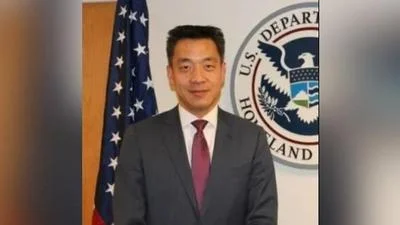Frederick Breathe Free office | Provided
Frederick Breathe Free office | Provided
- Your sinuses are located inside your forehead, cheekbones, and behind your nose.
- Headaches related to sinus issues typically involve discomfort and pressure in the facial region.
- Consulting with a sinus specialist for tailored treatment may improve your ability to manage and alleviate headache challenges.
"Early intervention is key," Dr. Oberman told Baltimore City Wire. "Being down from work with sinus infections or sinus headaches—those types of things—if you addressed them earlier, you'd have people that are thriving and living, not suffering."
Sinuses are air-filled cavities located within your forehead, cheekbones, and behind the bridge of your nose, according to WebMD. When these spaces become inflamed, often due to an allergic reaction or infection, they undergo swelling, increased mucus production, and potential blockage of draining channels. The resulting pressure buildup in your sinuses manifests as pain resembling a headache.
WebMD lists short-term antibiotics, antihistamines, or decongestants as treatments for these types of headaches. The publication notes secondary treatments such as inhaled nasal decongestants, pain relievers, and, if ineffective, corticosteroids can be prescribed to reduce sinus inflammation. In more serious cases, a sinus procedure may be recommended to address persistent swelling, which can, in turn, treat headaches caused by sinusitis.
According to the Mayo Clinic, if you're experiencing sinus headaches for more than 15 days per month and over-the-counter medication isn't helpful enough, or if your headaches are interfering with your daily life, it's strongly advised to seek treatment from a specialist.
Dr. Oberman earned his bachelor's degree from Boston College, according to Frederick Breathe Free's website. He continued his education at Tufts Medical School through the Navy Health Professions Scholarship Program, a program similar to the Reserve Officers' Training Corps (ROTC) for aspiring medical professionals. After finishing medical school, he started a career in the Navy, which lasted until his retirement in 2017. Following his retirement, he entered the field of comprehensive ear, nose, and throat (ENT) medicine.




 Alerts Sign-up
Alerts Sign-up